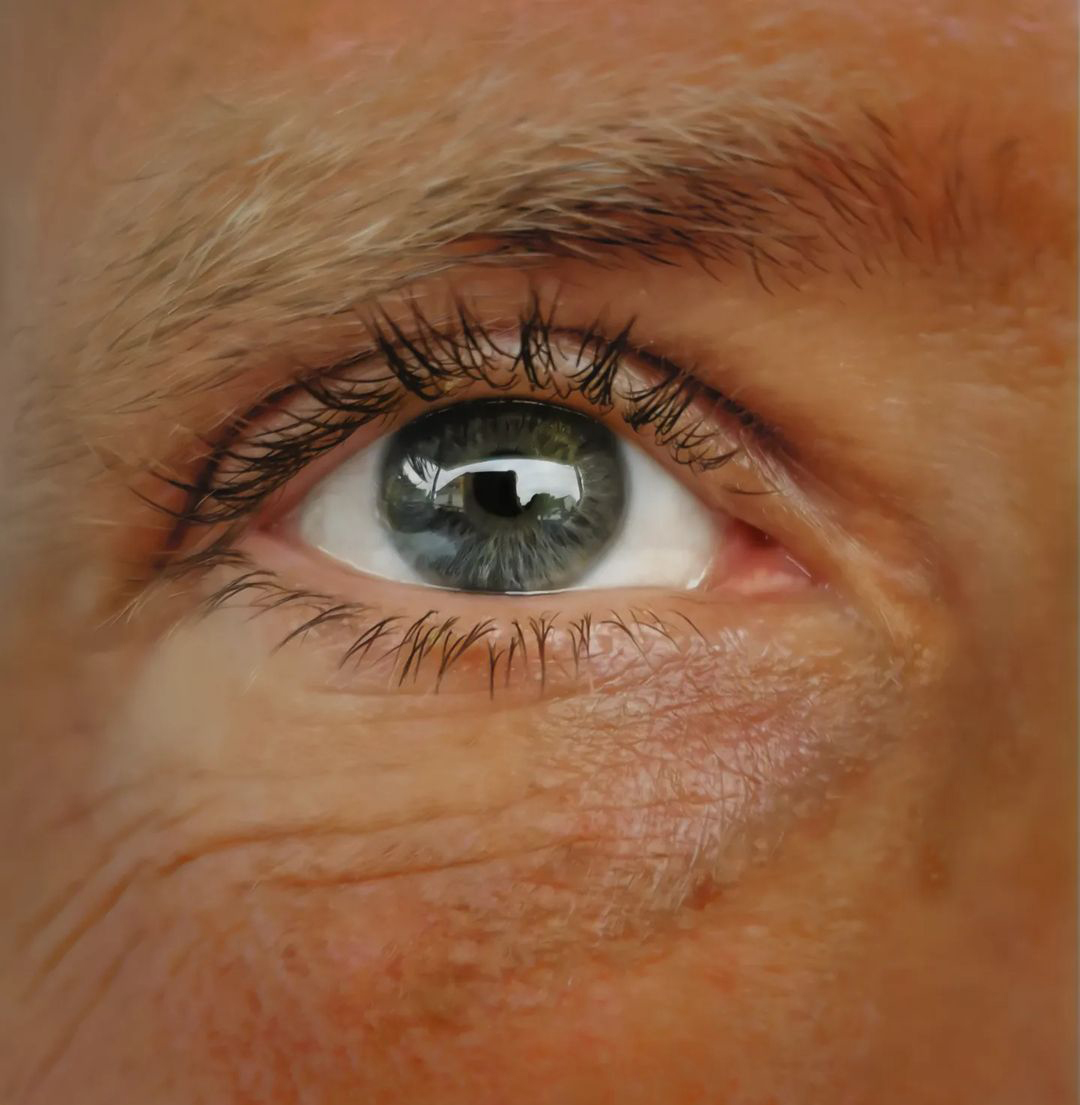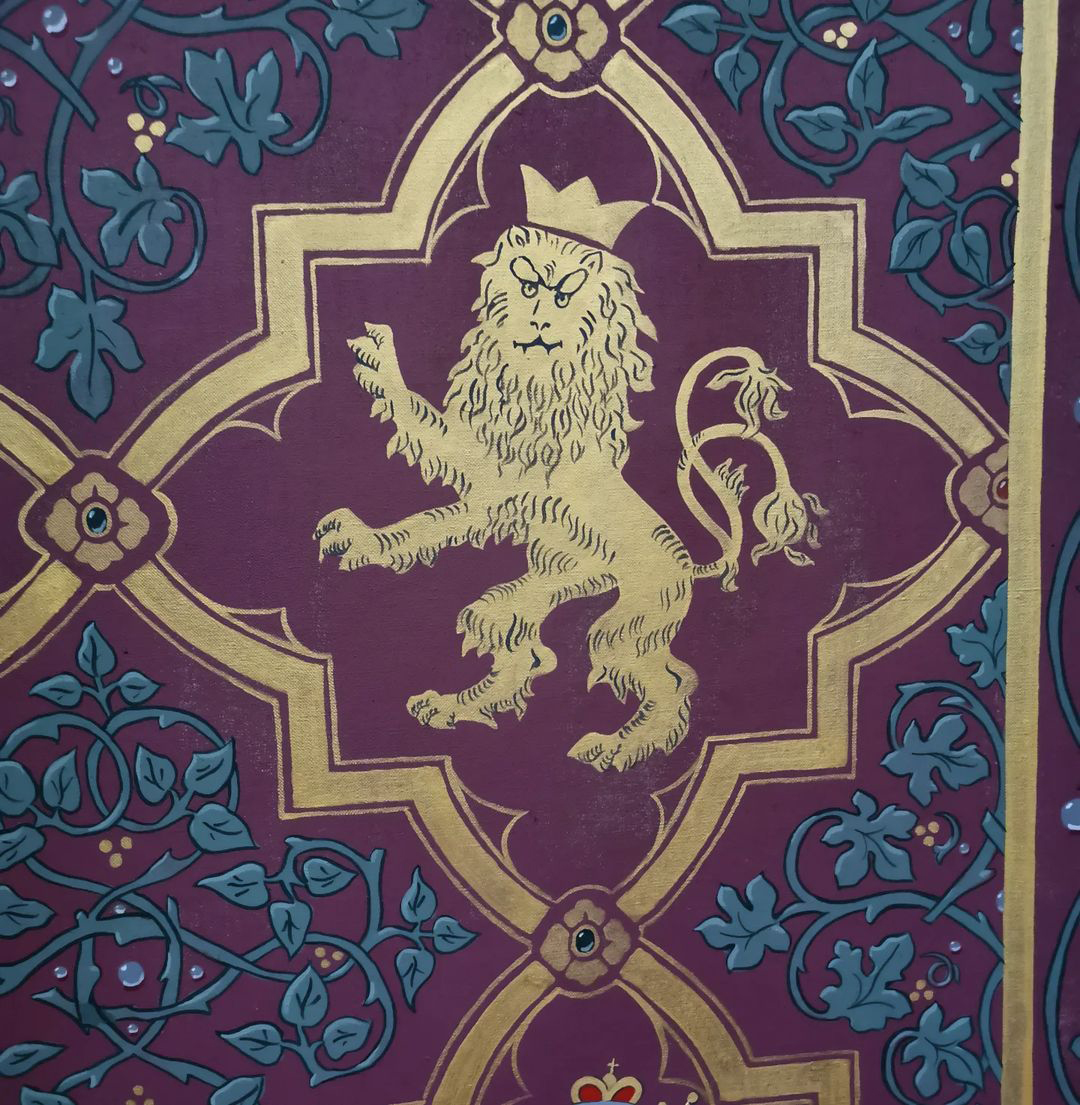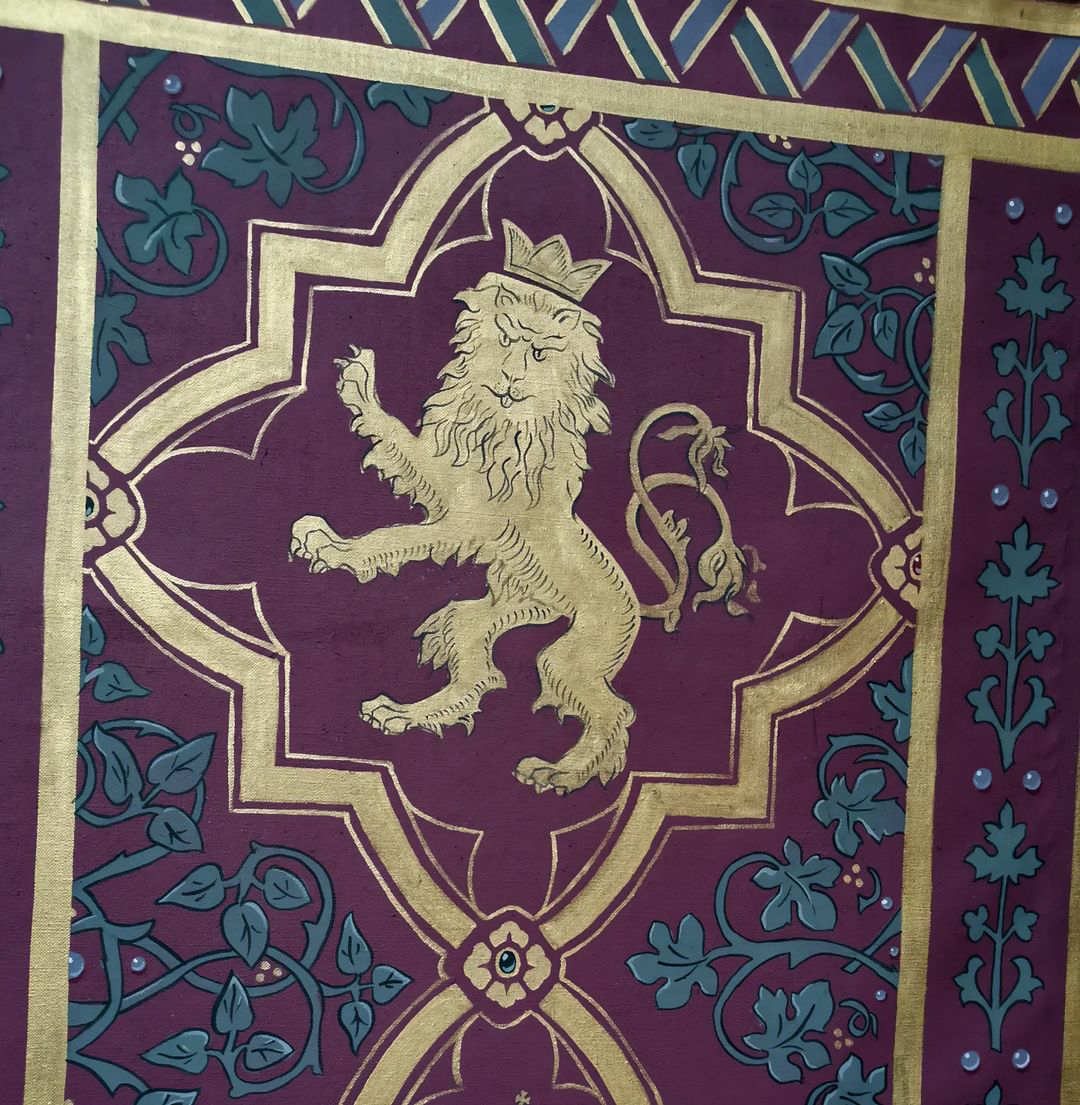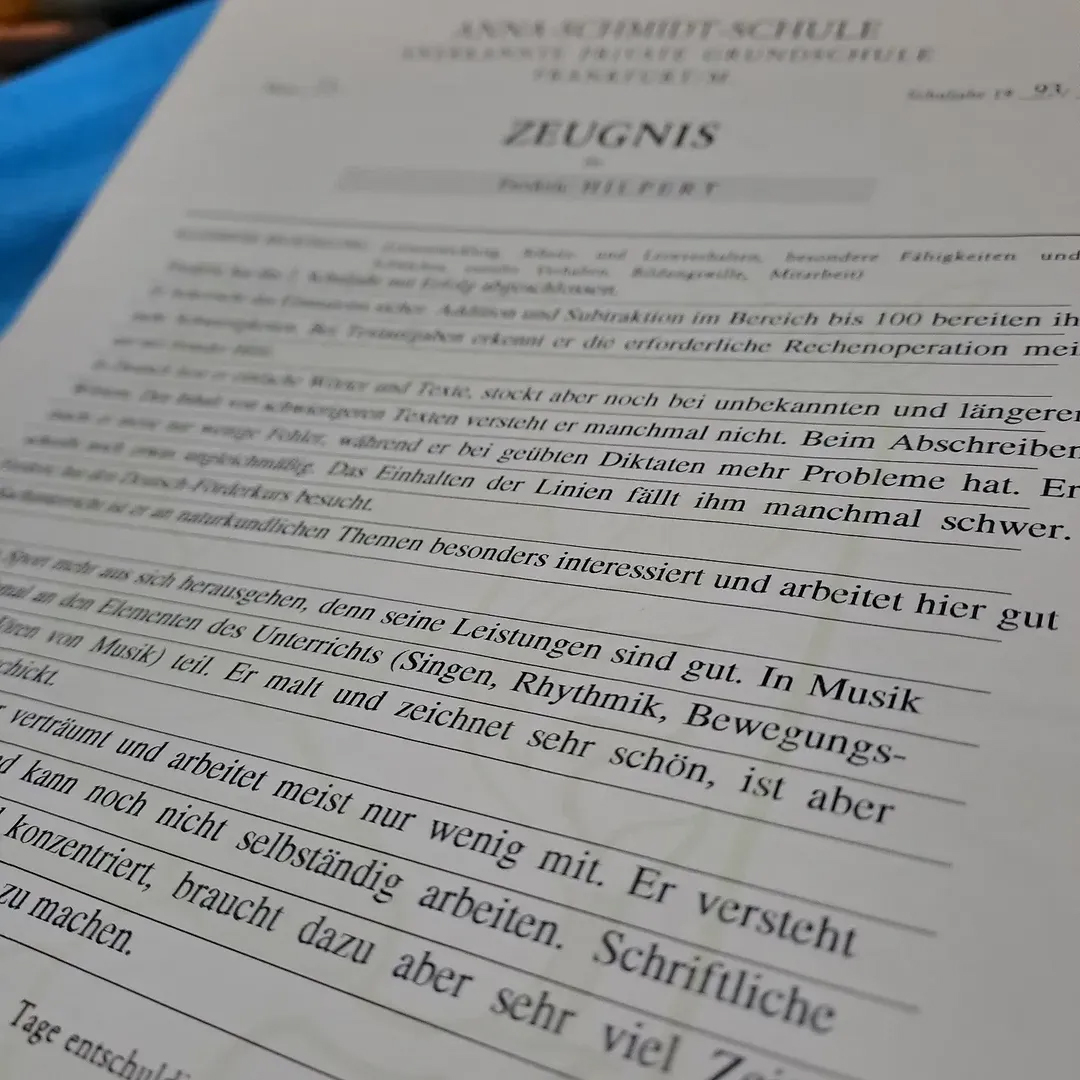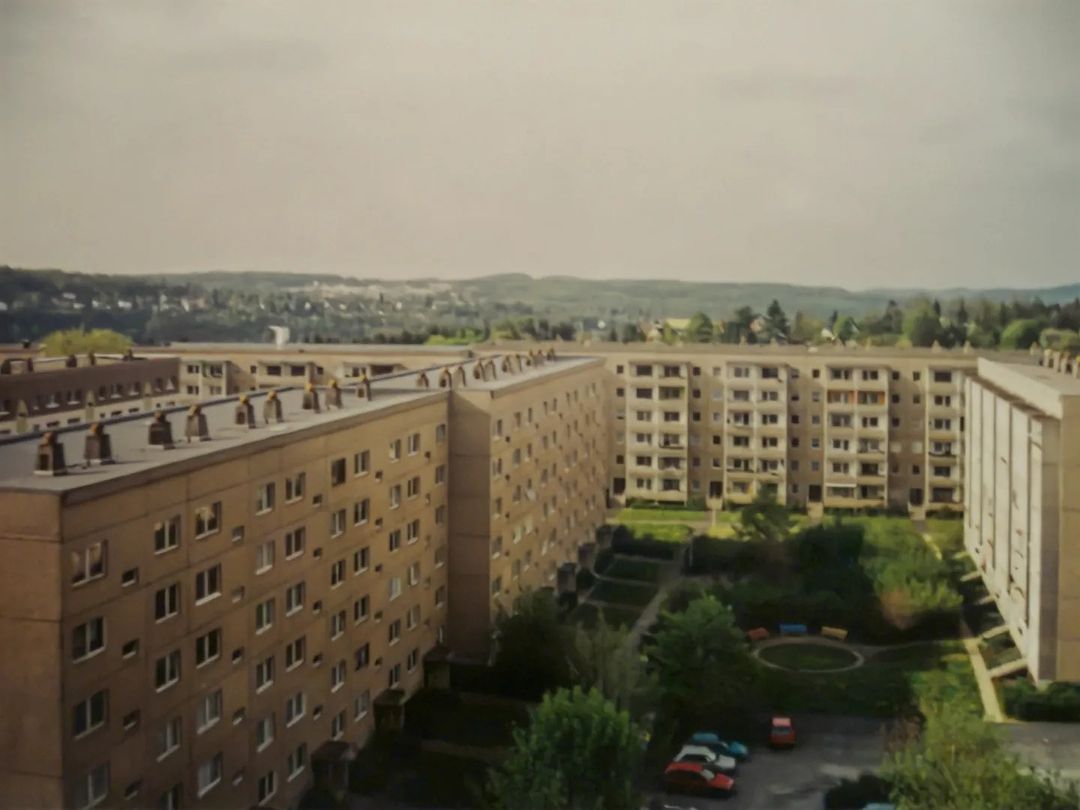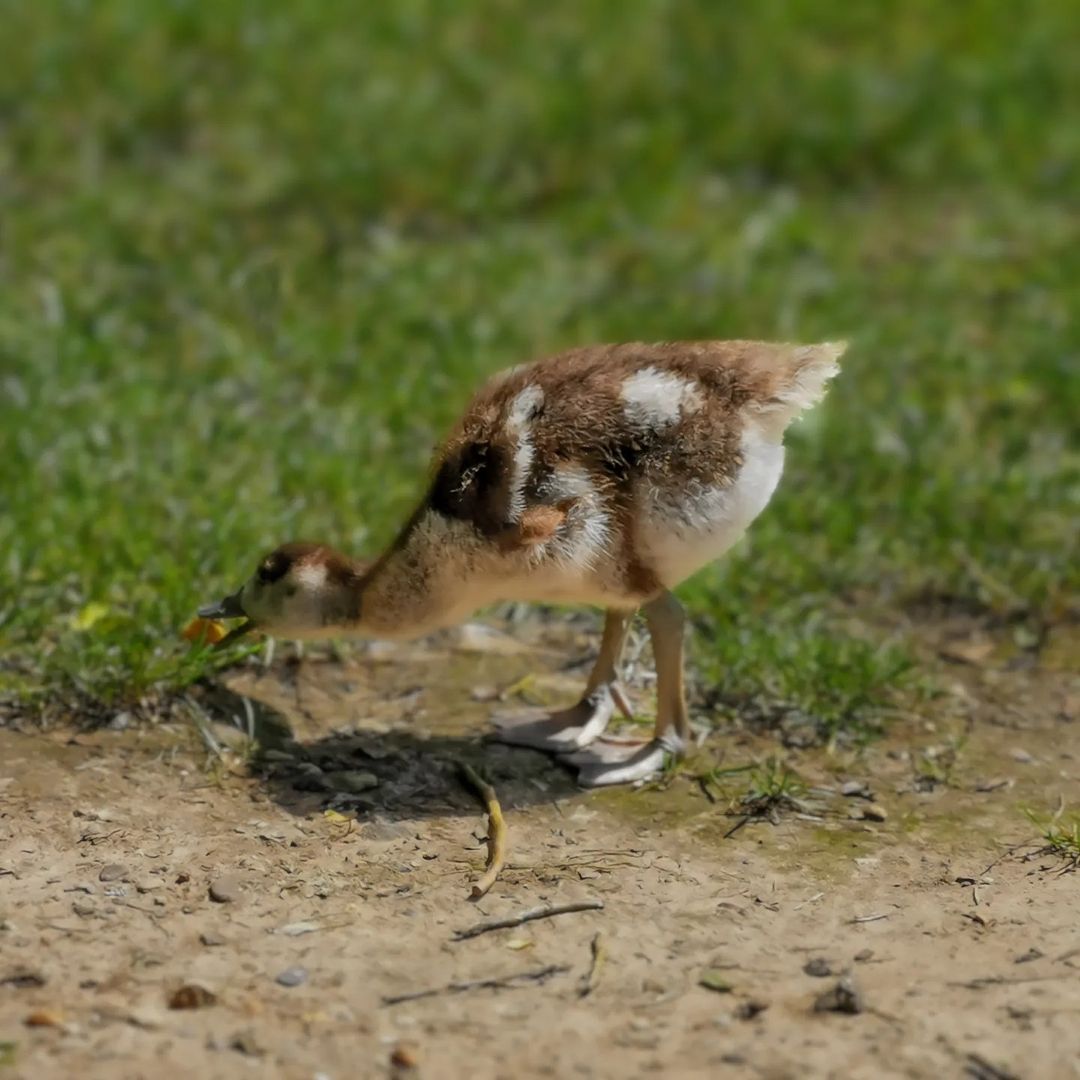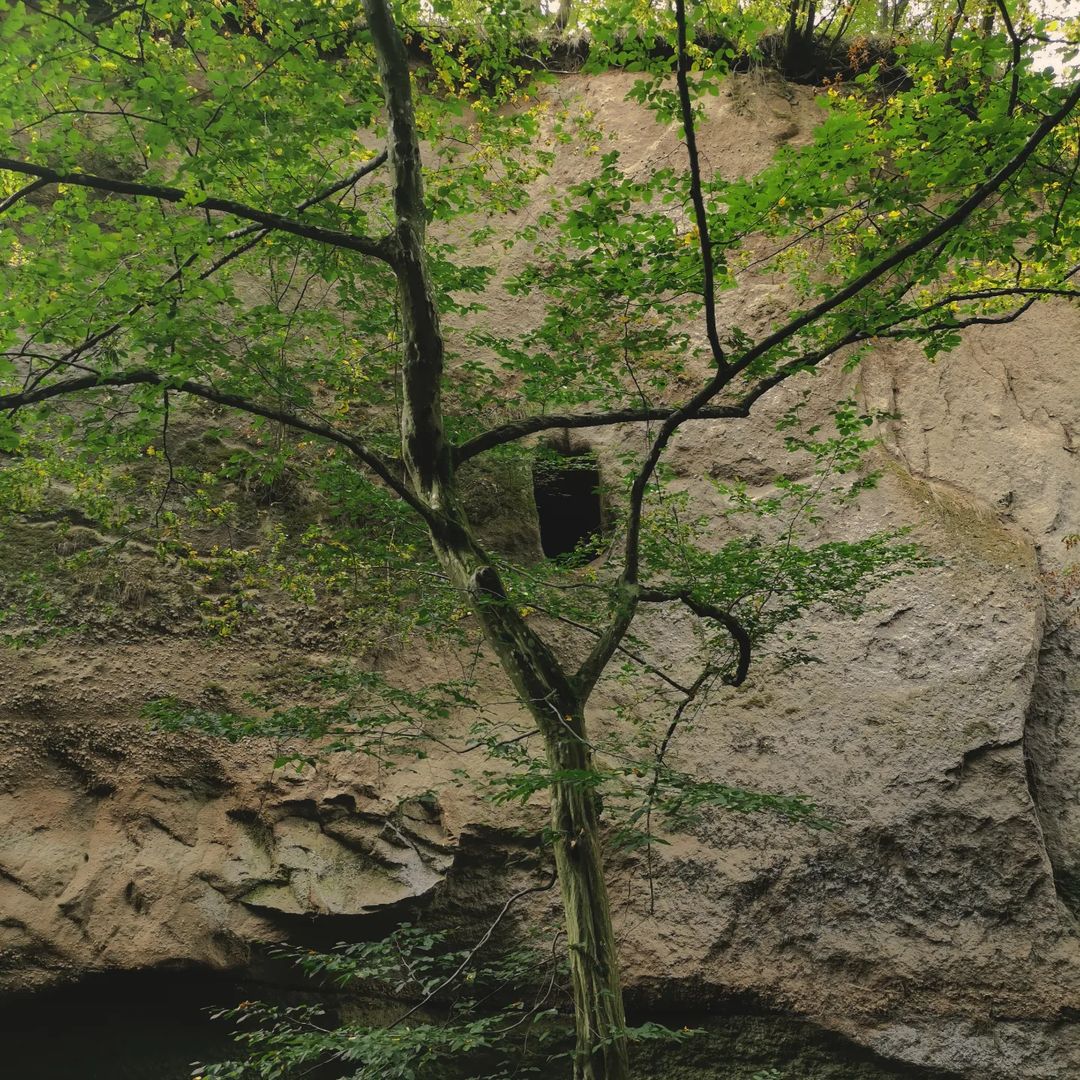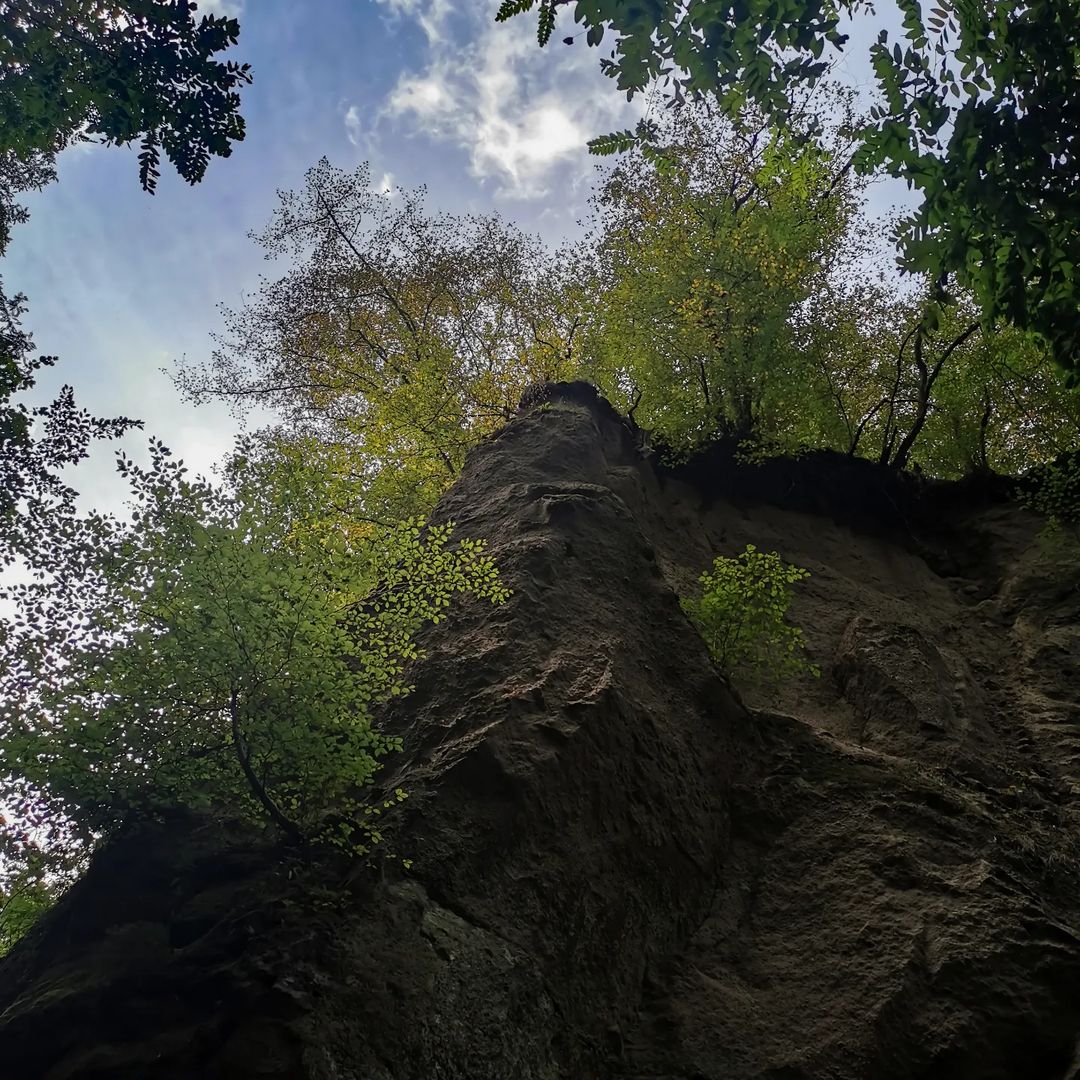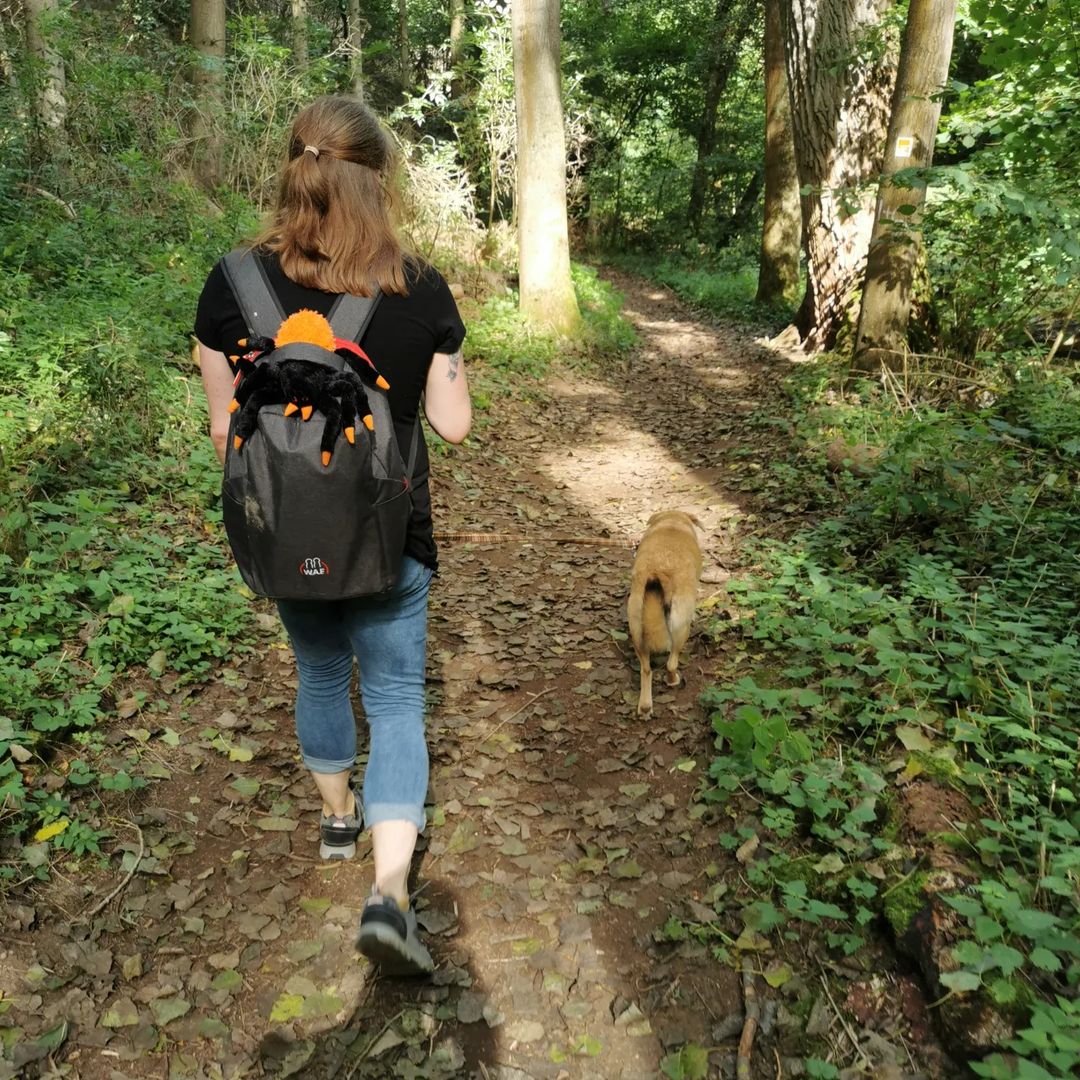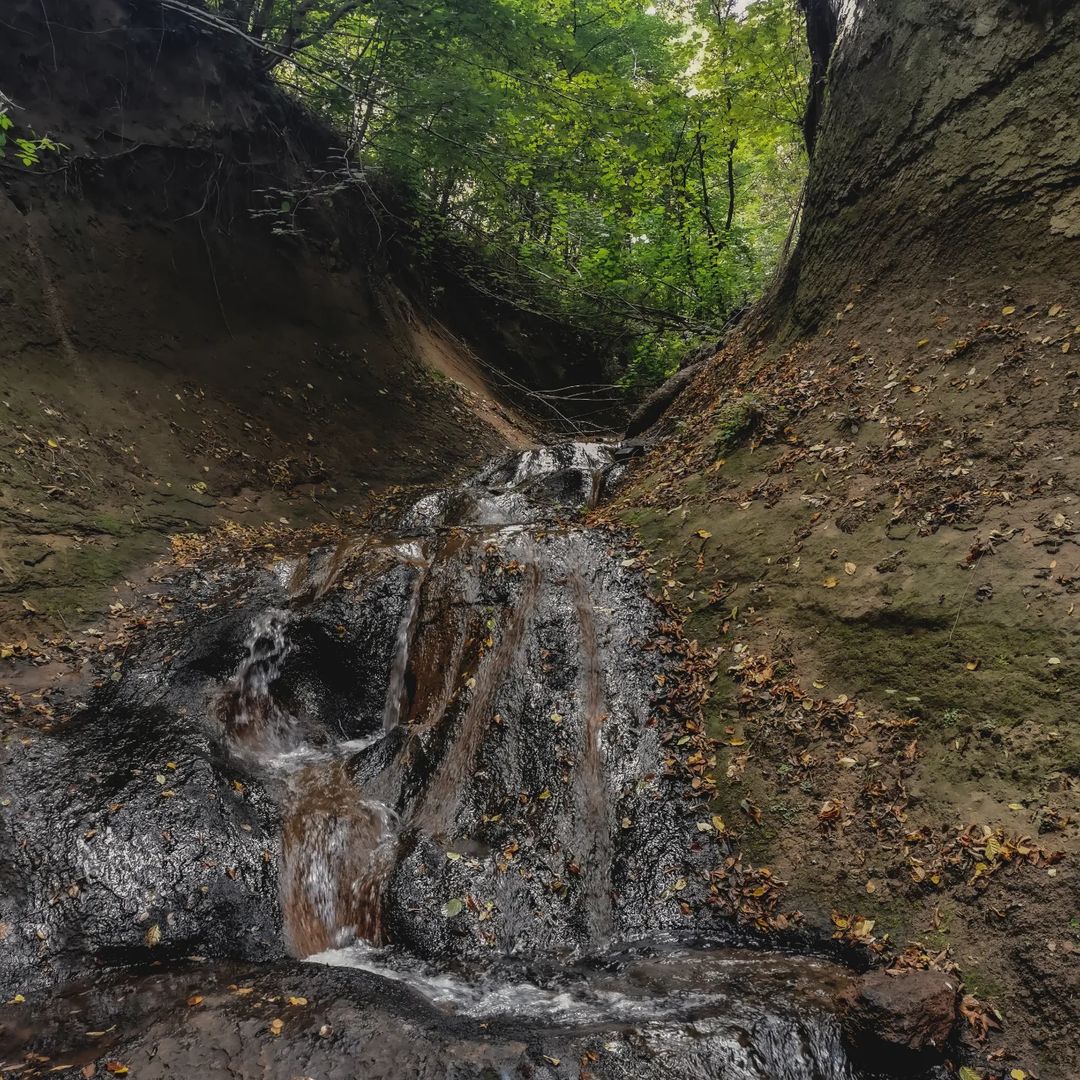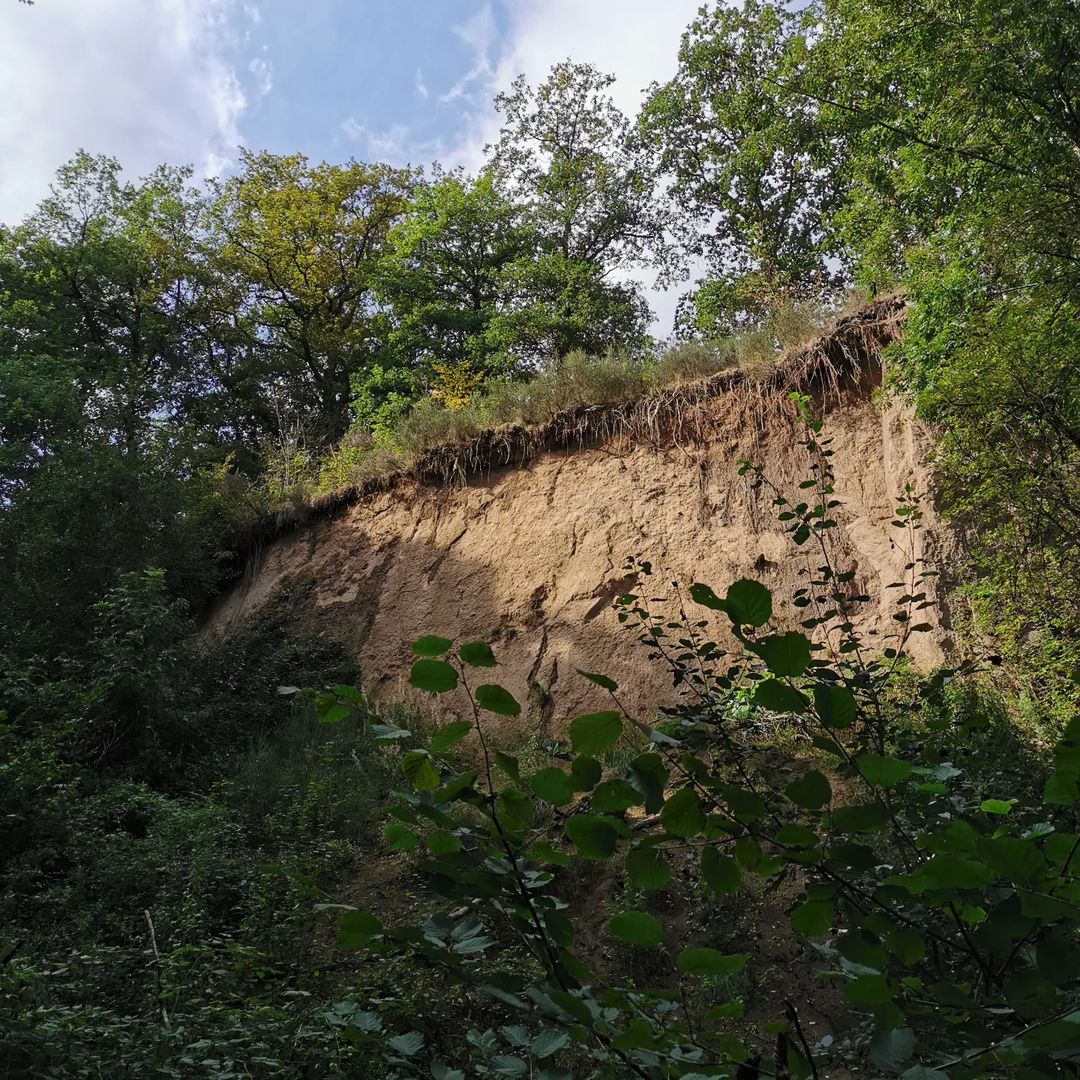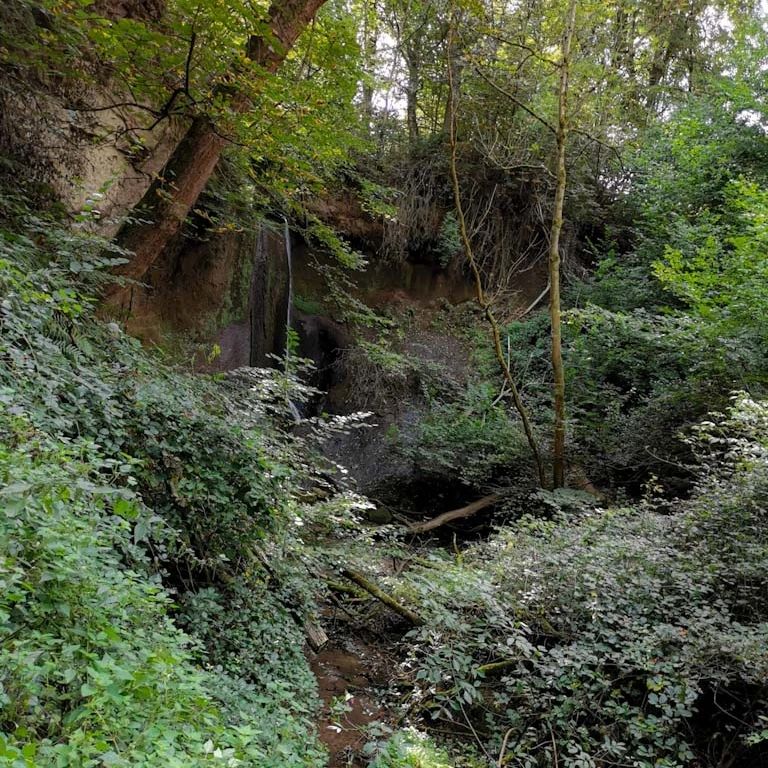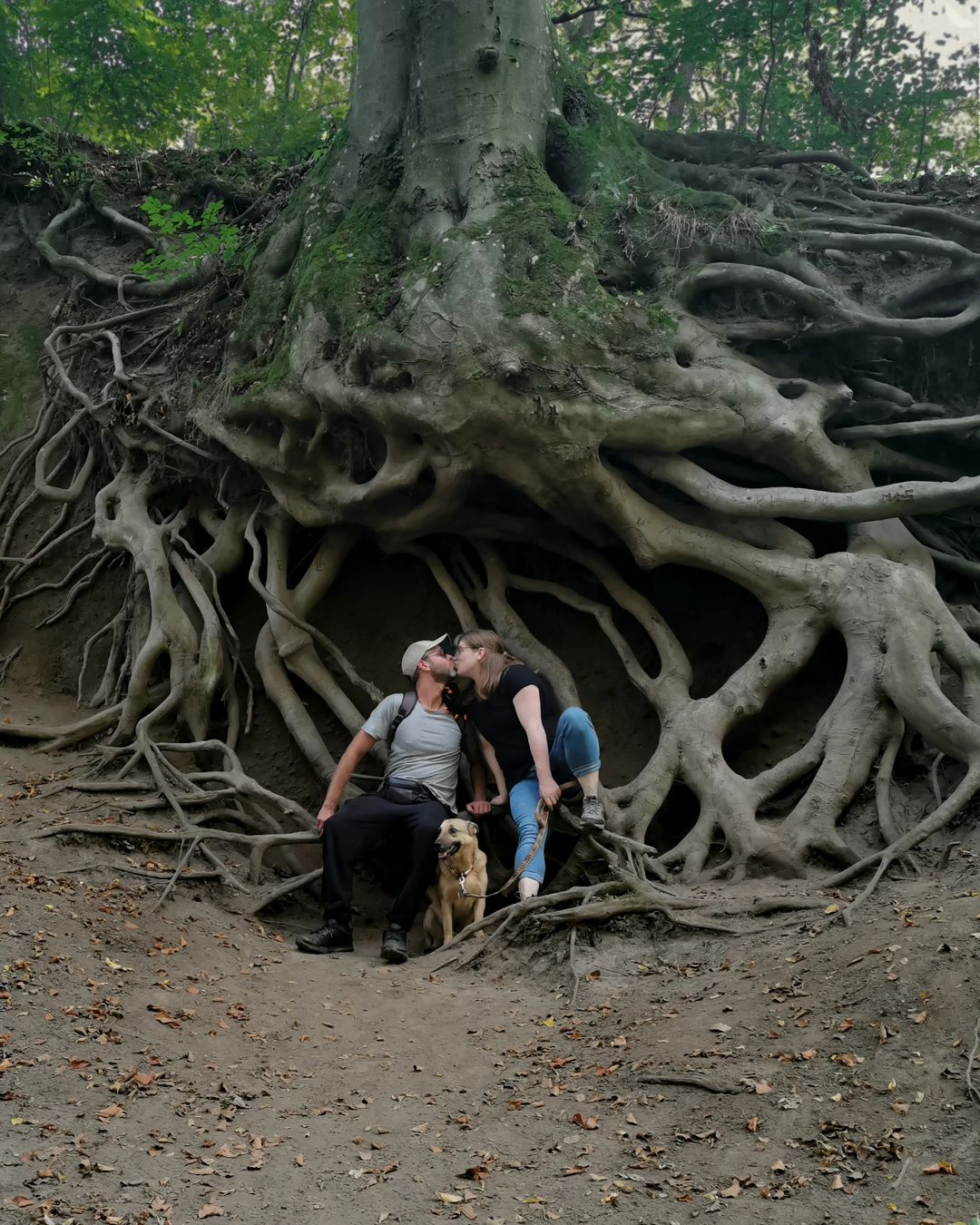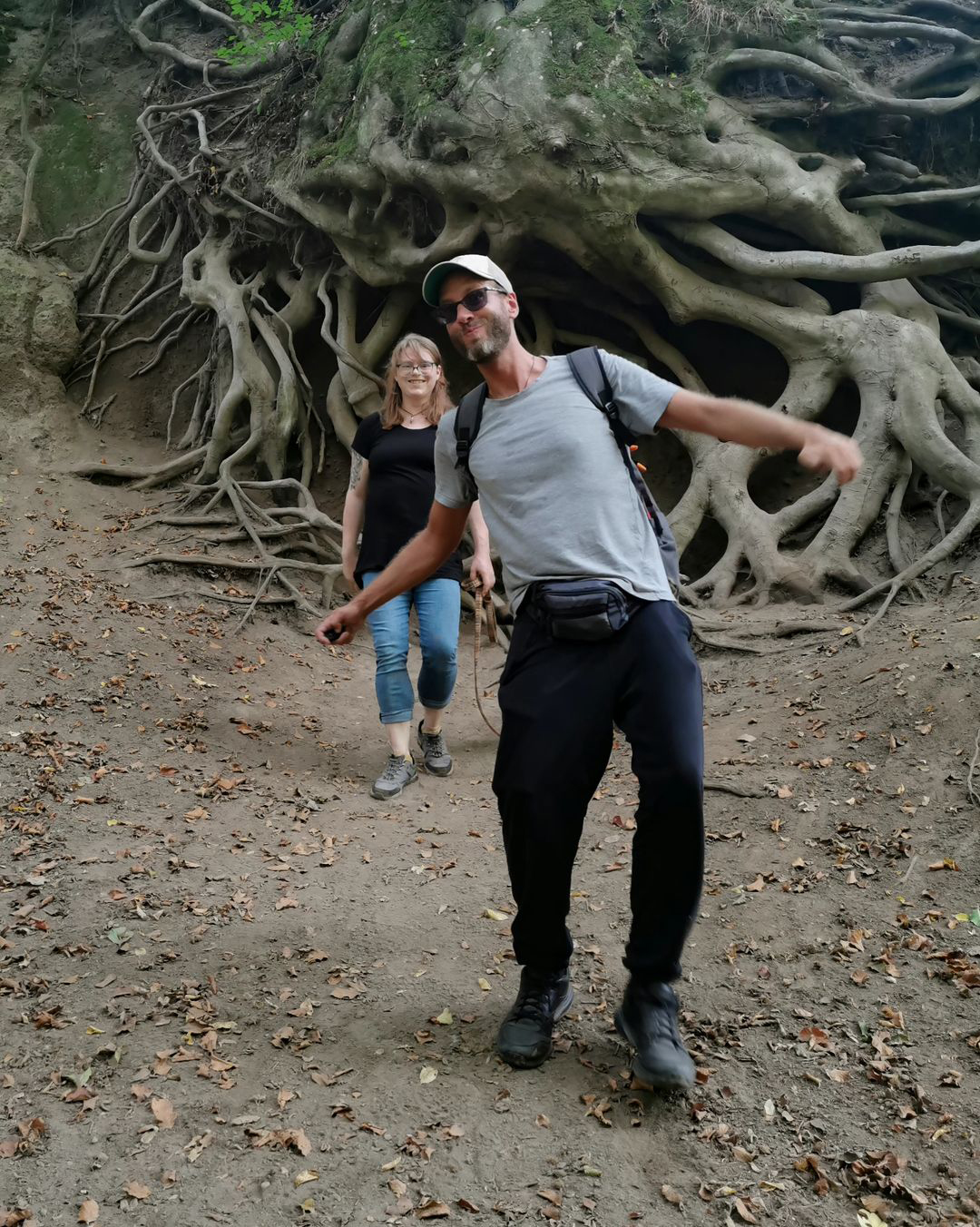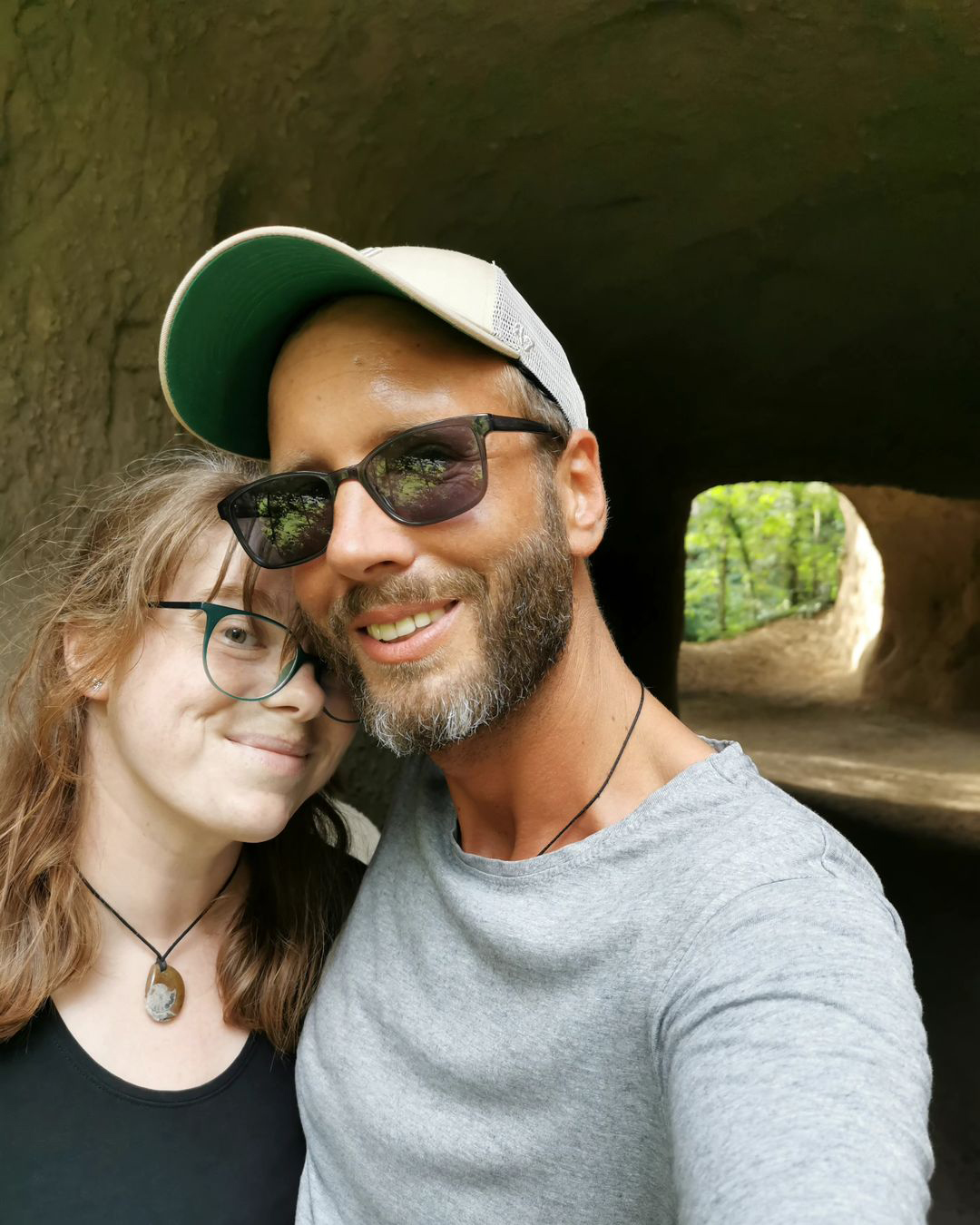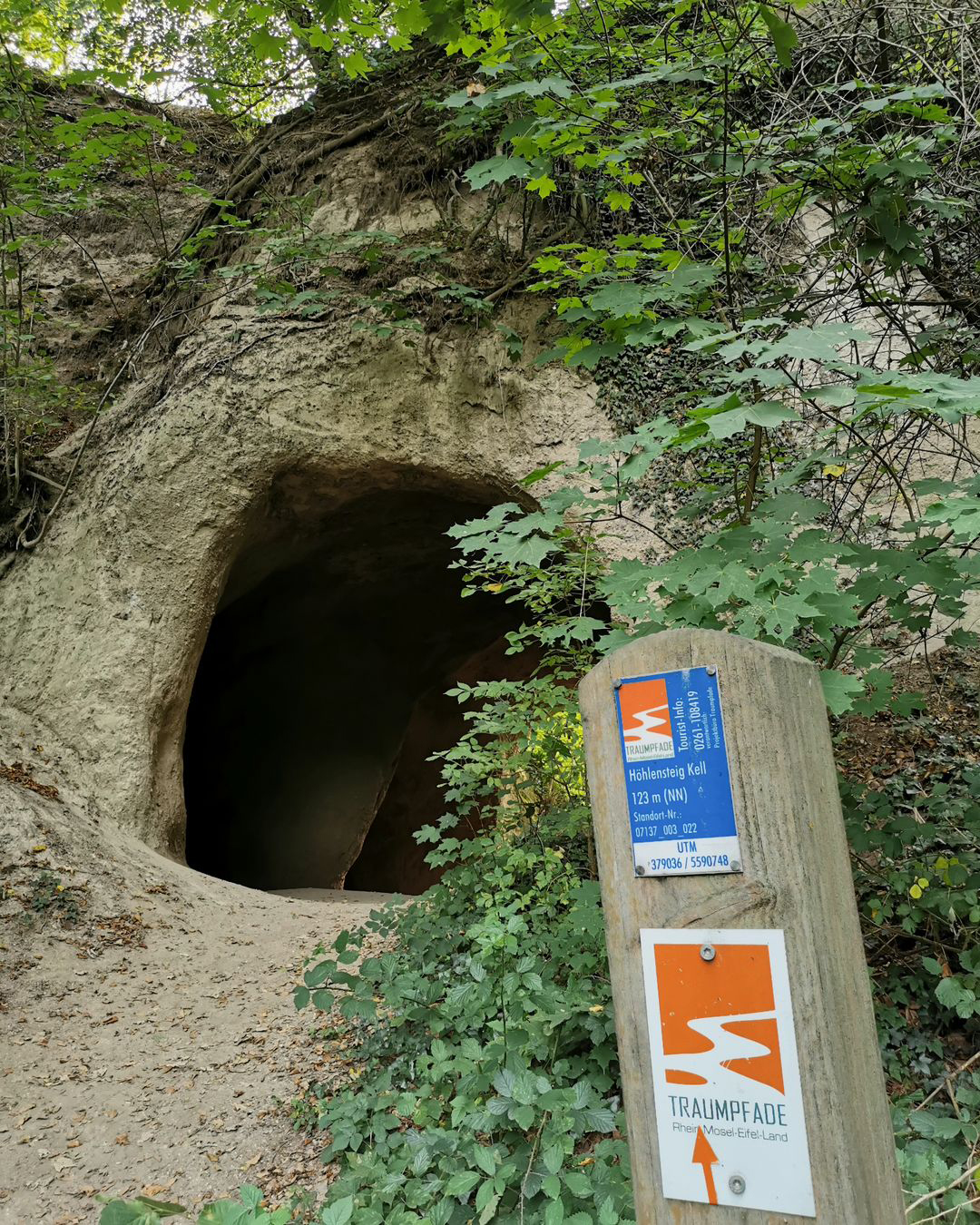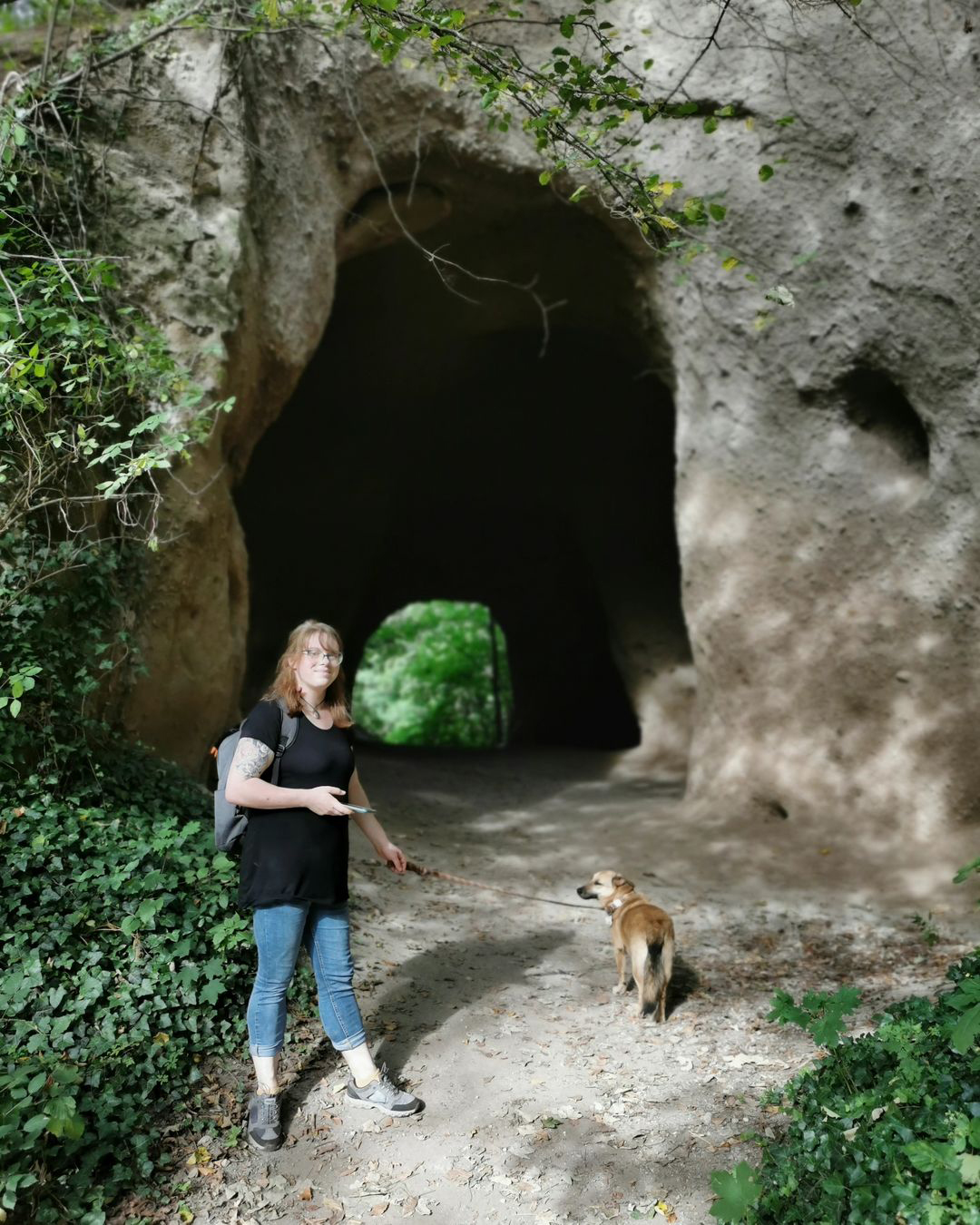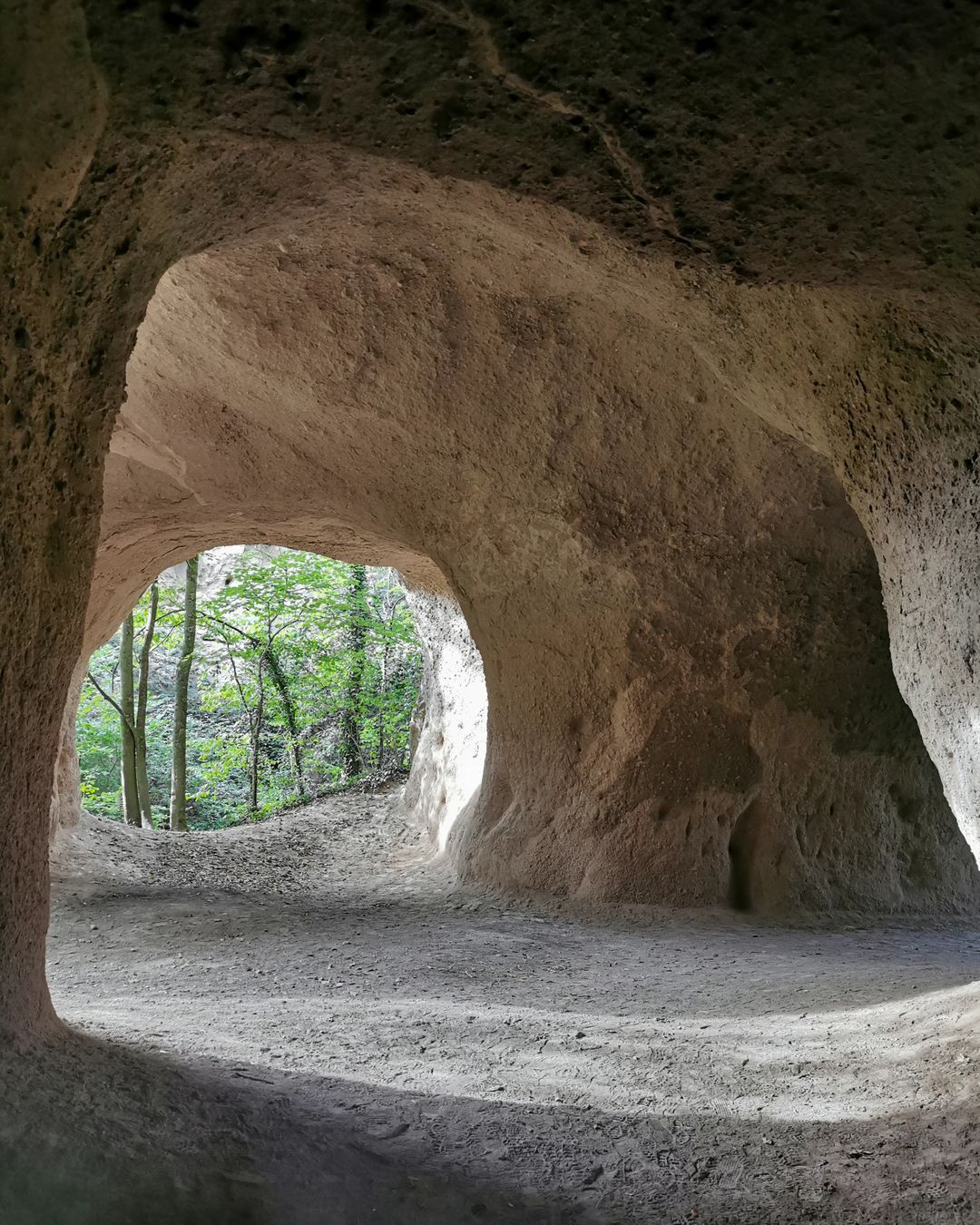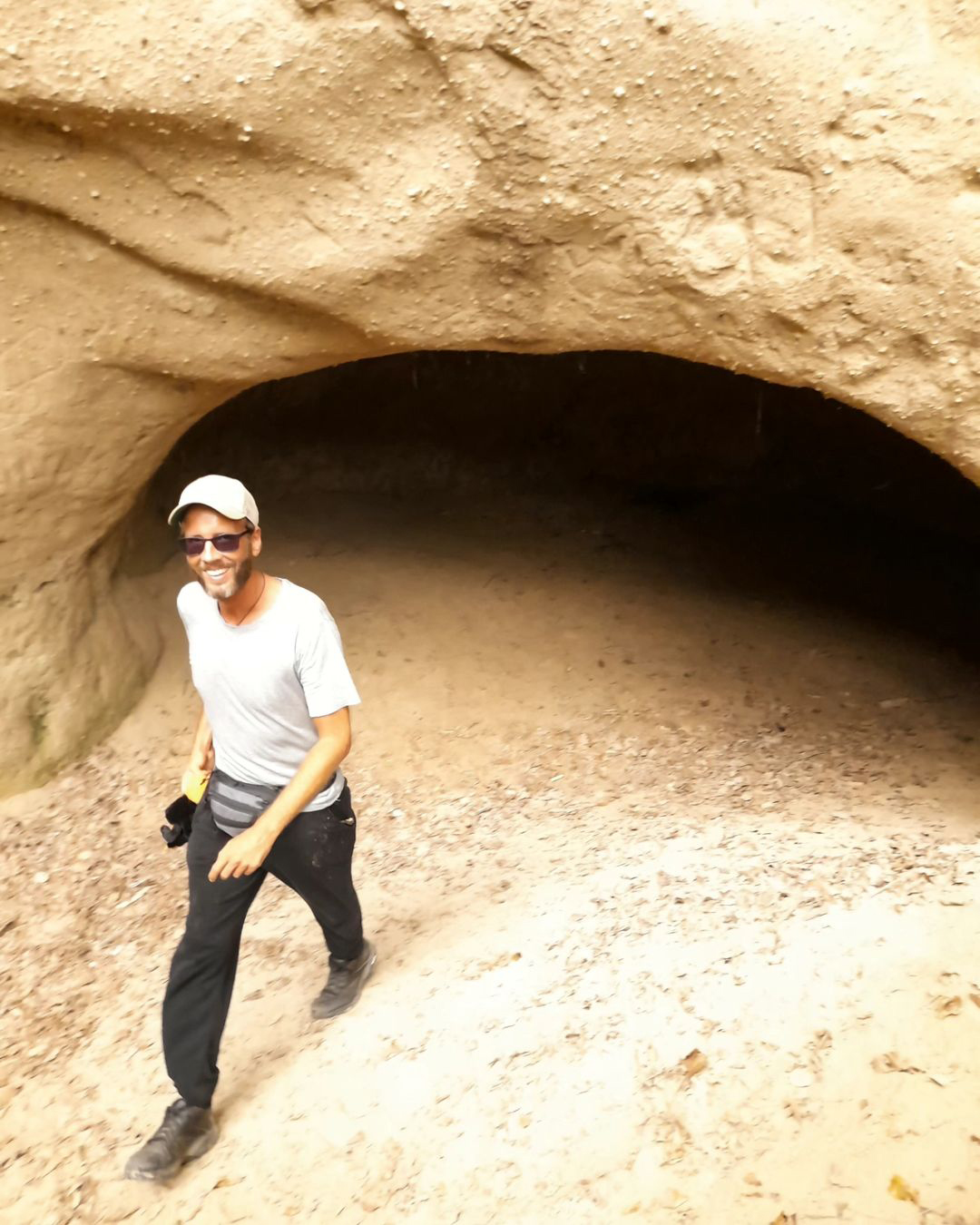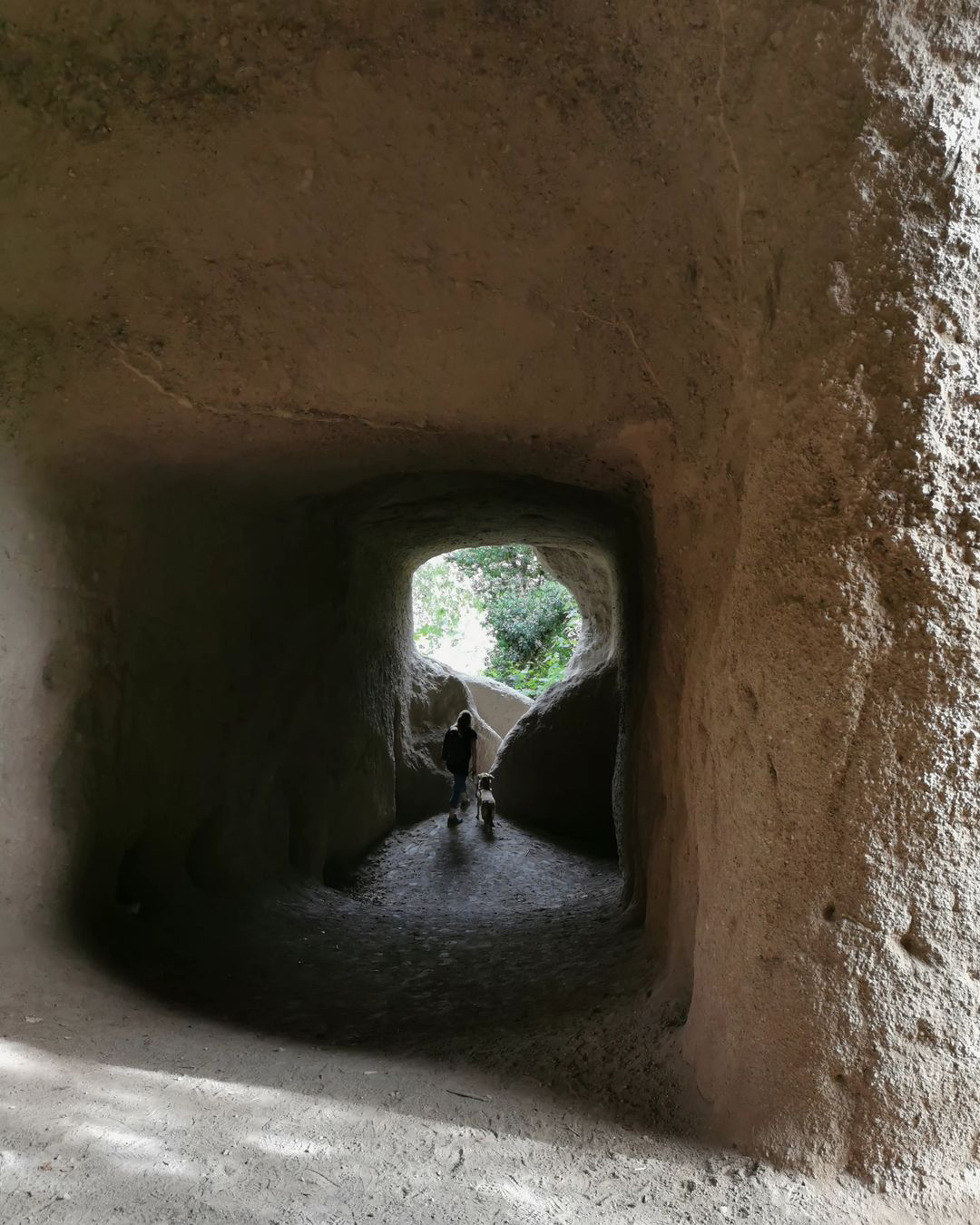As you can see, I’ve successfully completed 2nd grade! ✨😊
I’m sharing my primary school report from 1994 because ADHD, which has been with me since childhood, wasn’t diagnosed until I was 20. The quieter, mixed type often goes unnoticed. Even back then, my dreamy nature was clear, as I sometimes drifted away in class, lost in my thoughts. However, when a subject sparked my curiosity - like natural sciences - it was easier for me to engage. These topics appealed more directly to my ADHD-affected reward system, allowing me to focus and work more effectively. Distractions still impact me, especially with motor skills, but I’ve learned ways to adapt. ADHD often leads to deep, lifelong interests - and, yes, sometimes we forget our homework.😅
"Frederic has successfully completed the 2nd grade. He has a good grasp of basic multiplication. Addition and subtraction within 100 are more challenging for him. With word problems, he usually only recognizes the necessary calculation operation with external help.
In German, he reads simple words and texts but still struggles with unfamiliar and longer words. He sometimes does not understand the content of more difficult texts. When copying, he usually makes only a few mistakes, whereas he has more problems with practiced dictations. His writing is still somewhat uneven, and he sometimes has difficulty keeping within the lines. Frederic has attended a German support course. In general studies, he is particularly interested in natural science topics and works well here.
He could be more proactive in physical education, as his performance is good. In music, he sometimes participates in elements of the lessons (singing, rhythm, movement games to music, listening to music). He paints and draws very well but is still quite clumsy with manual tasks.
Frederic is very dreamy and usually works only minimally. He often does not understand work instructions and cannot yet work independently. He completes written tasks carefully and with concentration but needs a lot of time to do so. Sometimes he forgets to do his homework."
Species in this post:
Human
Homo sapiens
Topic:
➟ Neurodiversity
🤗 For a more nuanced discussion, please feel free to use the comments section, private messages or the anonymous contact form on my website.
Details:
This post is part of the artistic performance The Happening on Instagram.
Further information about this art project
Related post on Instagram
Creator of this post is Frederic Hilpert
© File Usage Guidelines
This post on megagroundsloth.de



